This machine, possibly a unique survivor, was the result of a joining by two now largely-forgotten, high-end motorcycle makers.
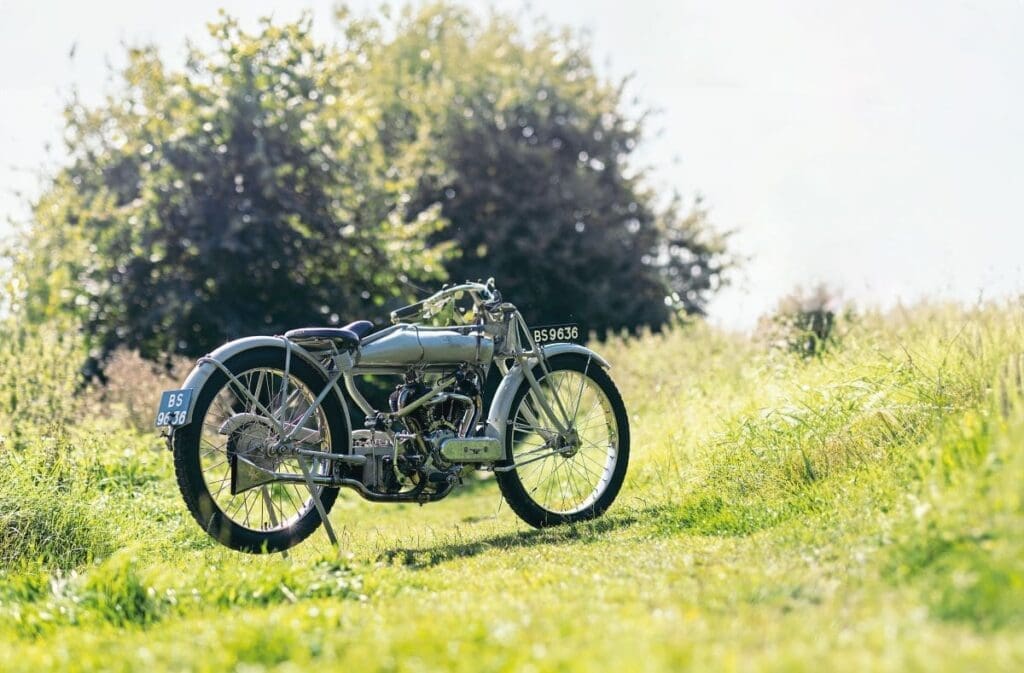
Words: James Robinson Photographs: Gary Chapman
Bat and Martinsyde. Discuss. Now, for many of us, that might be about as far as the conversation would go, such is the manner in which these two, once well known names have fallen from even classic motorcyclists’ consciousness.
Enjoy more Classic MotorCycle reading in the monthly magazine.
Click here to subscribe & save.
Those whose particular penchant is the early vintage or veteran era will be at least familiar with both makers, but, really, experts on either are few and far between. So a motorcycle which combines a major bit from one (namely the engine) and another main component from the other (the chassis) will, for the vast majority, ask more questions, than provide answers. But we’ll come to that.
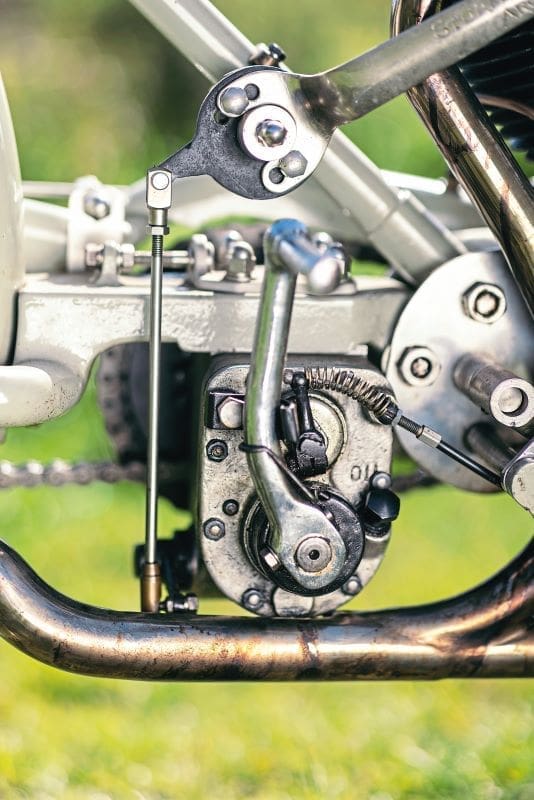
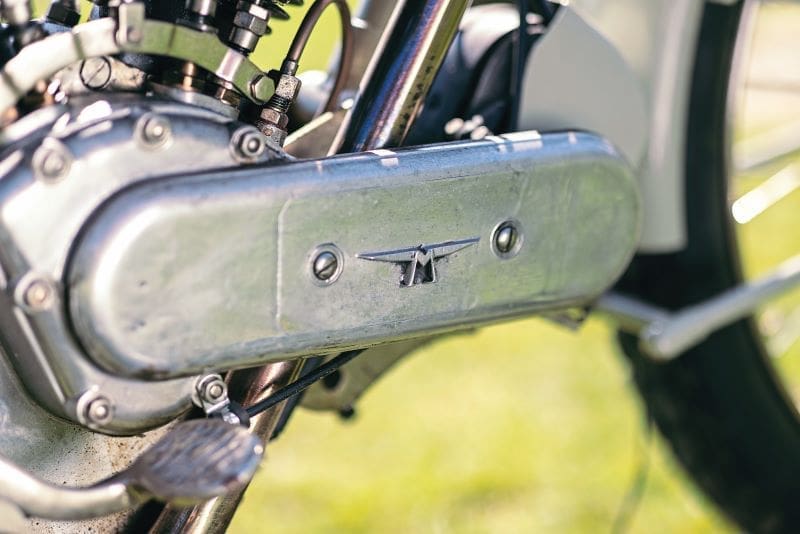
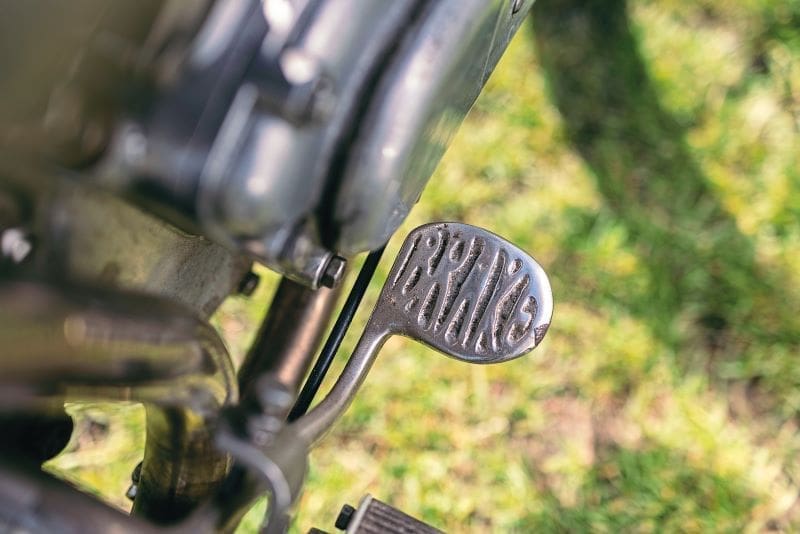
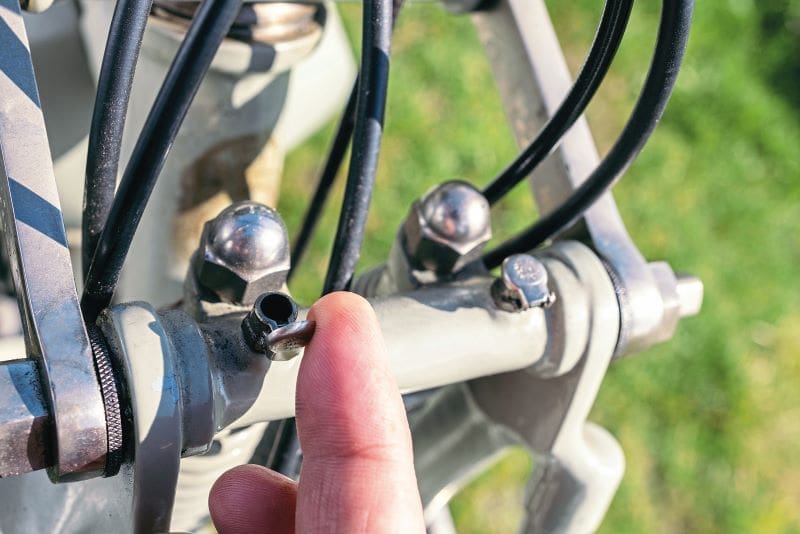
All about Bat Motor Manufacturing Co.
Firstly, some background. Bat (which should be correctly written thus, not with capitals á la BSA, AJS etc) is the older of the two concerns – and it was that firm which was to acquire the other, leading to the machine here. Bat made its first motorcycle somewhere around 1901, seemingly named after an abbreviated version of the name of its founder, Samuel Batson, rather than the bewinged, flying mammals, or the slogans later adopted (‘Best After Test’ for example).
A keen cyclist, Batson (nicknamed ‘Bat’?) became interested in motorcycles around the turn of the century, alighting upon a number of ideas he thought would improve the nascent breed. He built a machine so equipped to demonstrate the soundness of his ideas but, alas, no manufacturer was interested in the licensing of the patents he had acquired and was demonstrating. Samuel duly decided in that case, he’d build his own, at his premises in Penge, South East London.
His early efforts – named ‘Bat’ – were sturdy, hefty machines, which soon earned them a good reputation for being able to stand the pounding meted out by the roads of the day. Engine was generally a French-made four-stroke single from De Dion or MMC (Motor Manufacturing Company), which was simply a De Dion built under licence in Britain. Interestingly, in those days when ‘LPA’ (Light Pedal Assistance) was an accepted part of ‘motor’ cycling, the Bat dispensed with all pedalling gear, thereby demonstrating its makers were confident it could climb all hills.
Soon after the Bat was put on sale, those makers changed – Batson sold out his interest in his fledgling company in 1904 to Theo Tessier, who, along with his brother Sid, were leading exponents of the new and increasingly popular sport of motorcycle racing, particularly on the cycle tracks of Canning Town, Camden and Crystal Palace. Interestingly, early Bat riders included the Chase brothers, Arthur and Fred, the latter on a works machine as early as 1902.
While the Chases went on to make their own motorcycles, the Chase Brothers Motorcycle, it was Theo Tessier who assumed control of Bat. Sid Batson turned to a totally different career, producing office furniture, a venture at which he apparently enjoyed success. The Tessiers, meanwhile, were committed to keeping Bat’s name to the fore in racing circles, viz the company entered the first isle of Man TT races – including a machine for ‘gaffer’ Theo Tessier in the twin-cylinder class – and though they found no immediate success, things were better in 1908 when Harry Bashall (a man whose name is to appear more, further on and in relation to the pictured motorcycle) came second in the ‘multi’s’ (as opposed to single cylinder) class.
Thereafter, Bats were TT regulars up until the First World War, though success proved elusive – J Munro took a seventh in 1909, Harry Bashall the same in 1911’s Senior event, while it was Sid Tessier who recorded Bat’s last TT finish, 11th in 1913’s Senior race. Incidentally, Bat rider Harold Bowen recorded the fastest race lap in 1910 (at 53.15mph) and it was largely his speed which made organisers think that machines were too fast for the old Clypse Course, with the Mountain Course introduced for 1911.

In the period leading up to the First World War, Bat revised the looks of its models, ‘borrowing’ the cylindrical fuel tanks as used by Matchless and NUT, while adopting an all-over paint scheme, the chosen hue named ‘French Grey.’
Bats were aimed largely at the sporting, image-conscious rider, or the family man – there wasn’t anything ‘small’ in the range, it was all about speed and style, or practical, large-capacity functionality, for the family man who required a large sidecar.
The First World War brought production to a halt, as Bat’s factory was turned over to munitions work. Then the firm returned to display a range at 1919’s motorcycle show – but that range looked the same (although there was now use of a few more proprietary items, like Brampton fork and Sturmey-Archer gearbox) as what had been offered before. And what had looked stylish, now looked a bit dated and rather old hat. There were two V-twins and a 2¾hp (350cc) side-valve single cylinder offered – the latter being depicted on the well known 1923-issued Lambert Cigarette cards set. “The Bat can always be recognised by its French Grey finish and cylindrical petrol tank,” is noted on the reverse of the card. In the same set of cards is a Martinsyde sidecar outfit, a machine which also featured a cylindrical petrol tank.

All about Martinsyde
Martinsyde as a motorcycle manufacturer was founded in 1919. The company had originally been started in 1908 as Martin and Handasyde, a collaboration taking its name from founders Helmuth Paul Martin and George Harris Handasyde. Based in Woking, Surrey, but with sheds at Brooklands airfield, the duo built their first monoplane shortly after the company was founded and made a succession of aircraft, the Scout 1 biplane(with Gnome et Rhone engine) of 1914 being their early prominent success, which established them. By 1915, the company, now named ‘Martinsyde’, was the third biggest aircraft maker in Britain. Models included biplanes the Elephant, a long-range bomber with Beardmore engine, and the Buzzard, a George Handasyde-designed single-seater, Hispano-Suiza powered fighter, later adapted to a twin-seater.
However, after the end of the First World war, Martinsyde, like so many other companies deployed in war work, especially to do with aviation (see Sopwith’s venture making ABCs, for example) found itself under-employed. Though still engaged in making some aircraft for civilian purpose, it was nothing like the volume previously required, so the search for a new venture was on. And, like Sopwith, it was on motorcycles which they alighted and, in another parallel with the Sopwith, decided to go with an already-designed/established motorcycle business, than strike out entirely on their own.
Martinsyde chose to go with a design by Howard Newman, a member of the family involved with the Ivy marque, based in Birmingham, Ivy’s primary proprietor being Howard’s brother, Sidney. A rider of some repute, Howard (H C) Newman had finished third in the 1913 Junior TT, on one of his family firm’s models, powered by a Precision engine, though hadn’t returned to racing in the Isle of Man post-First World War. The engine for which Martinsyde acquired the rights, apparently for £6000, was a 678cc 50-degree V-twin, of an unusual exhaust-over-inlet design. This was coupled to a three-speed AJS gearbox (also built under licence – cost £1000) and the complete machine, in a chassis which included Brampton Biflex forks, was originally marketed as the Martinsyde-Newman, though after Newman left the business with his year as a consultant over, it simply became a ‘Martinsyde.’
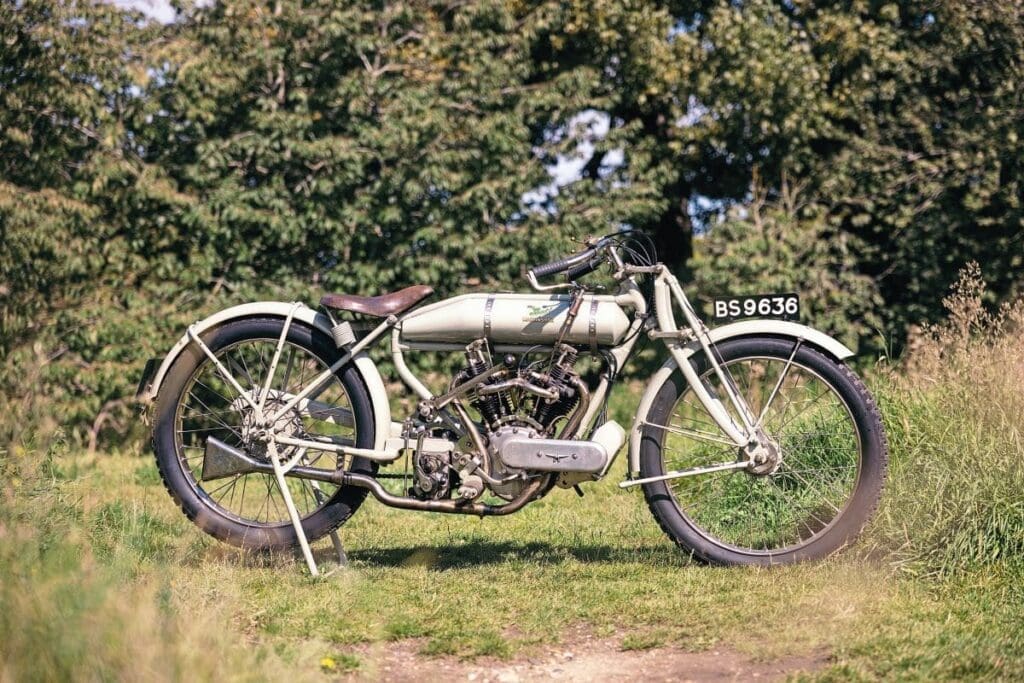
Knowing that something was needed to bring the new model to the public’s attention, Martinsyde embarked on a sporting programme, around reliability trials and such, rather than outright speed events, which demonstrates the kind of market to which the company was attempting to appeal. Much of the development and riding work was carried out by the Bashall brothers, Harry (him again) and LT, plus Harry Bowen – presumably the same man who’d also raced the BAT in 1910. So links between Bat and Martinsyde were already apparent. The 678cc V-twin model continued, joined by a 500cc version in 1920, but the company was already in difficulties, though in 1922 came Martinsyde’s most famous model – the 738cc, Harry Bowen-developed Quick Six. There was a late 350cc single too, but, with a devastating fire not helping proceedings, towards the end of 1923, the business failed. Bat stepped in and bought the business and all its assets, which included a host of parts, it would seem.
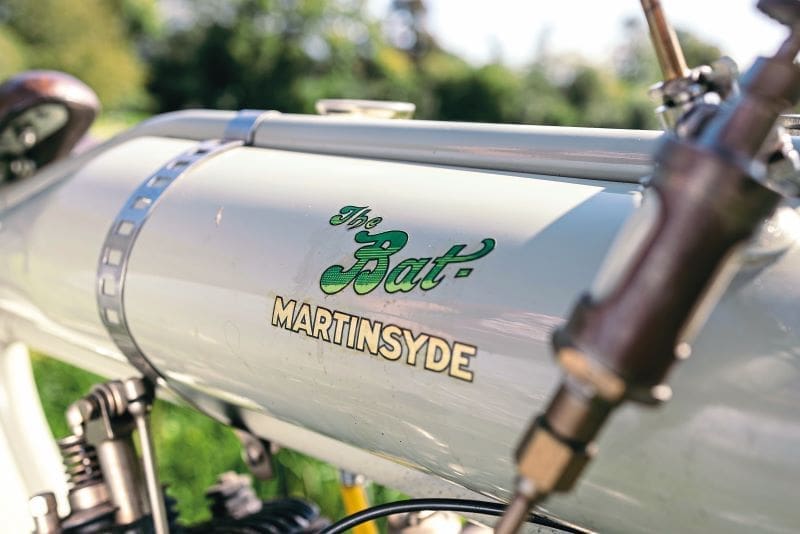

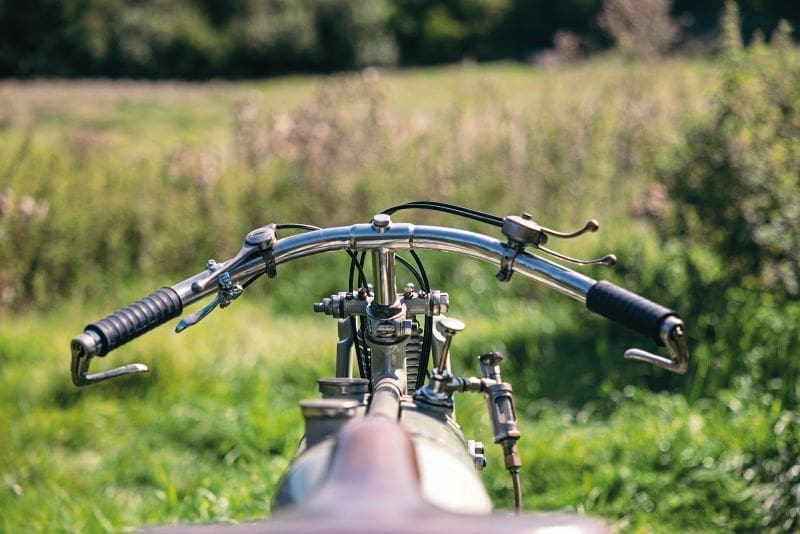
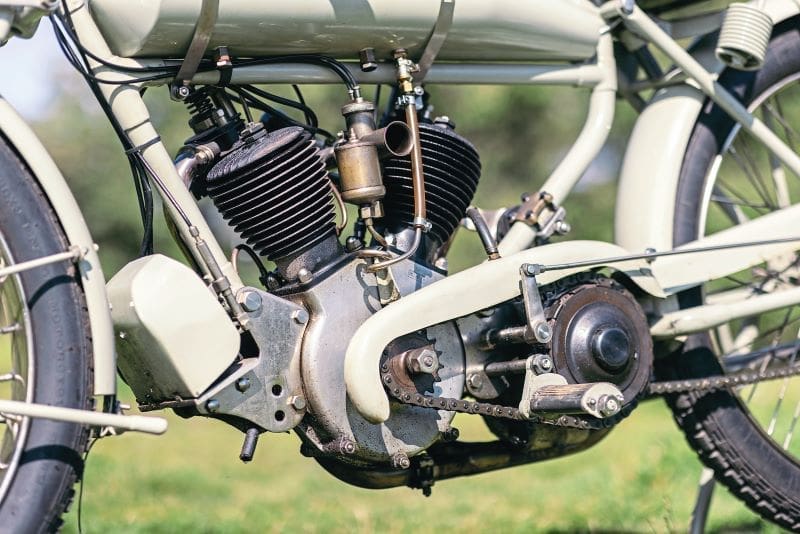
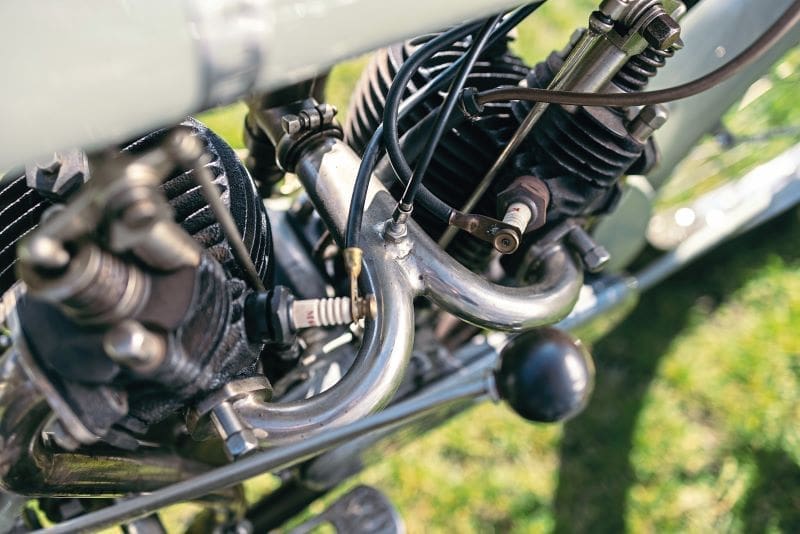
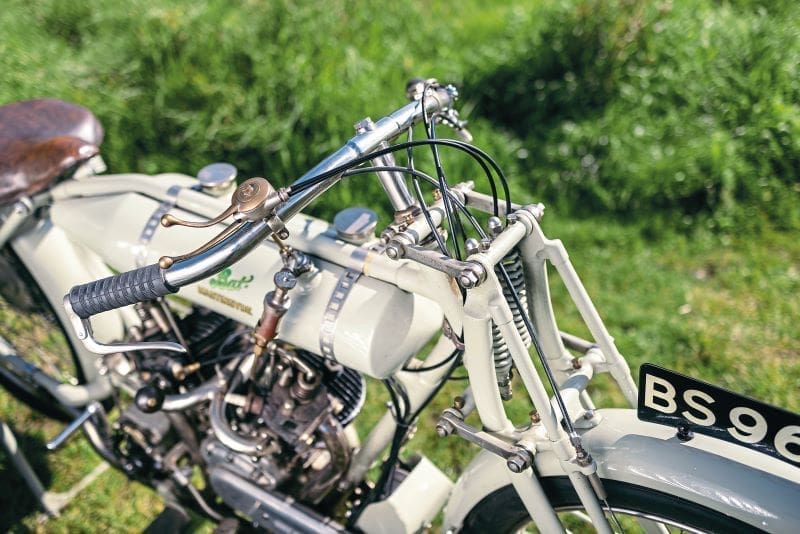
A collaborative effort: the Bat-Martinsyde
All of which brings up the machine before us, the Bat-Martinsyde. Resplendent in an all-over off-white finish, it certainly looks the part, with its handlebars rakishly angled and spartan specification. It also looks older than its 1924 date, to my eye anyway, while its light weight makes it seem more veteran than vintage too. But that would probably figure, as both Bat (whose glory days were pre-First World War) and Martinsyde (whose best years were behind it too) would most likely have been making something rather antiquated.
For sale at dealer Andy Tiernan’s, the Bat-Martinsyde is being sold on behalf of its owner because as he (the owner) says: “I’m cutting back on a few bikes,” though saying that, he still has ‘over 20,’ albeit down from the top side of 30. Among these are another Martinsyde, which he is keeping, as well as ‘a few old Triumphs’ and numerous other machines too, including a NUT V-twin, a ABC Skootamoto, veteran Rex-JAPs, and an unusual Anglian, made in the Suffolk town of Beccles, near where the owner of this machine lives. The owner also self-deprecatingly reckons: “I’m getting old and I’ve only got little short legs,” which means he’s taken to riding his recently-acquired Honda 400/4 (“I don’t know why I do it, but I can’t stop myself!” he reckoned of this last purchase, which followed hot on the heels of the Skootamoto…) as well as ‘mucking about’ with cyclecars, like GNs and Frazer-Nashes, plus veteran Renault cars, as well as Pioneer-era trikes.
So far as is known, the Bat-Martinsyde came from Germany, where it was found and restored, and is the only survivor. Andy Tiernan is dealing with the sale – see or call 01728 724321.
This article originally appeared in the June 2024 issue of The Classic Motorcycle. If you enjoyed reading it and would like to see more, why not order a copy, or better yet, subscribe?
Advert
 Enjoy more The Classic MotorCycle reading in the monthly magazine. Click here to subscribe.
Enjoy more The Classic MotorCycle reading in the monthly magazine. Click here to subscribe.



